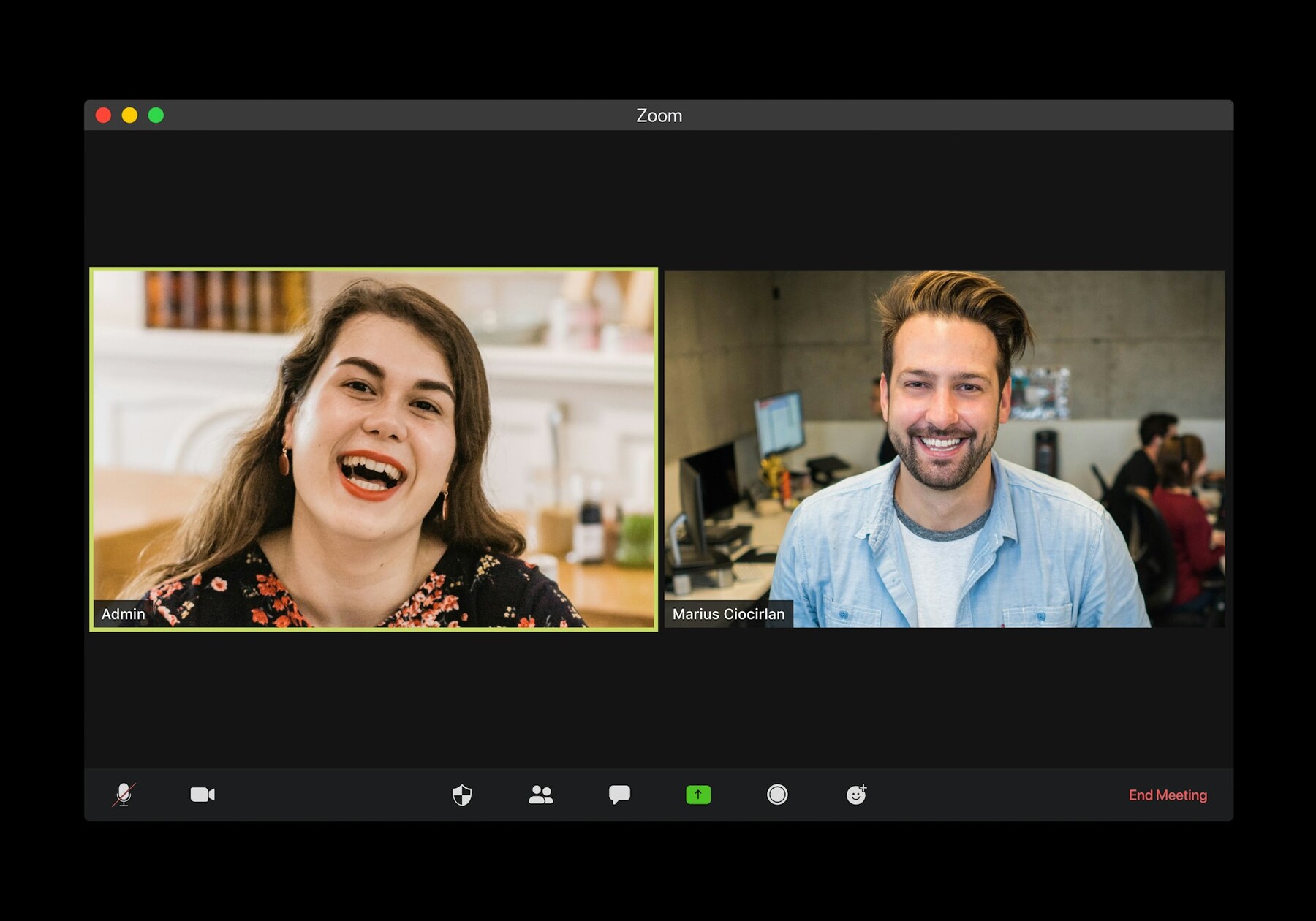As vocal coaches, we help business executives, sales professionals, educators, and team leaders develop their voices, enabling them to make significant strides in their professional and personal lives. They struggle to establish genuine connections, convey confidence, maintain audience engagement, and communicate their ideas in virtual settings.
In today’s digital age, mastering the art of virtual communication has become imperative for success. Through our expertise and understanding of the nuances of vocal expression, body language, and effective communication strategies, we will provide practical solutions to help you overcome the challenges of effectively communicating in virtual environments.
Mastering the Art of Virtual Communication
Proficiency in communication through virtual means has become indispensable in both personal and professional settings, as technological innovations continue to influence our social and communication patterns.  Connecting, collaborating, and communicating effectively can be greatly improved by grasping the subtleties of digital interaction and putting effective strategies to use, whether one is conducting virtual meetings, presentations, or group discussions.
Connecting, collaborating, and communicating effectively can be greatly improved by grasping the subtleties of digital interaction and putting effective strategies to use, whether one is conducting virtual meetings, presentations, or group discussions.
Understanding the Dynamics of Digital Interaction
There are new circumstances and difficulties because of the transition from face-to-face interactions to virtual platforms. Building meaningful connections and navigating electronic interactions requires understanding these dynamics. These are the facts that define this new scenario:

- The advent of video conferencing, online collaboration tools, and social media platforms has revolutionized the way we connect and communicate.
- Non-verbal cues are diminished or lost, making it more challenging to interpret and respond to others.
- With notifications, emails, and other digital distractions just a click away, maintaining focus and engagement can be difficult.
- Technical difficulties, such as poor internet connection, audio issues, or video lag, can further hinder effective communication.
While the core principles of effective communication remain the same, it is necessary to adapt and utilize the tools and features provided by virtual platforms.
Enhancing Vocal Presence and Delivery
While virtual platforms provide a convenient means of connecting with others, the absence of physical presence and non-verbal cues places a greater emphasis on vocal communication.
Developing the ability to project confidence, clarity, and charisma through your voice is fundamental for conveying messages, engaging your audience, and creating a lasting impact in virtual interactions. Here are some key strategies to enhance your vocal presence in virtual settings:
- Vocal clarity and projection: Practice proper breathing techniques to support clear and resonant speech. Enunciate words clearly to make certain the audience understands your message. Speak at an appropriate pace, avoiding rushing or speaking too slowly.
- Tone and intonation: Recognize the impact of tone and intonation. Use vocal variety to convey emotions and maintain audience interest. Experiment with different inflections to add depth and expressiveness to your delivery.
- Pacing and pauses: Maintain a steady pace to allow your audience to follow and comprehend your message. Utilize strategic pauses to emphasize key points and create impactful moments.
- Utilizing vocal feedback tools: Take advantage of virtual tools that provide feedback on your vocal delivery. Use vocal coaching platforms to improve your vocal skills.
These techniques will enable you to engage with others, convey your message with impact, and learn to excel in virtual communication.
Visual Impact and Body Language
Even though virtual environments may limit the use of traditional body language cues, people can still improve their virtual presence and communicate their ideas by utilizing visual elements and non-verbal communication techniques.
- Optimizing the virtual setup: Create a professional and visually appealing background free from distractions. Make certain proper lighting, positioning yourself in a well-lit area to be visible.
- Effective use of facial expressions: Maintain eye contact by looking directly into the camera, making participants feel seen and engaged. Display appropriate facial expressions to convey enthusiasm, empathy, and sincerity.
- Body language and gestures: Sit upright with an open, confident posture to project professionalism and engagement. Use purposeful gestures to emphasize key points and add visual interest to your communication.
Using cues like head nods, smiles, and hand gestures indicates agreement, making others feel acknowledged and engaged.
Active Listening
In addition to hearing what is being said, active listening entails comprehending what is being said, observing non-verbal clues, and reacting correctly.
- Avoid multitasking or engaging in unrelated activities.
- Eliminate potential distractions.
- Approach virtual interactions with an open mind and genuine curiosity.
- Engage in active dialogue by asking open-ended questions.
In communication through virtual means, where non-verbal cues are limited, active listening becomes even more important to make certain comprehension and engagement.

Overcoming Challenges in Virtual Communication
Communication through virtual means comes with its own set of challenges that can hinder effective connection and collaboration. Implementing strategies to overcome them will contribute to impactful digital interactions.
- Test your equipment and internet connection before to minimize technical disruptions.
- Have backup options available, such as alternative communication channels or a phone line.
- Close unnecessary applications and find a quiet space.
- Use features like emojis to provide feedback and indicate engagement.
- Begin with icebreakers or informal conversations to create a relaxed and friendly atmosphere.
- Use personal anecdotes or shared experiences to build rapport.
By proactively addressing these challenges, individuals can navigate the complexities of communication through virtual means more effectively. 
Related Questions
What Is the Concept of Virtual Communication?
It is the exchange of ideas, messages, and information via digital platforms and technologies that enable people to connect and communicate remotely. It utilizes digital tools like social media, email, instant messaging, and video conferencing to promote cooperation and communication across geographic boundaries.
Why Is Communication Through Virtual Means Better?
It allows flexible scheduling and eliminates the need for physical travel, saving time and expenses. It enables collaboration across geographical boundaries, facilitating global connections. It also provides a record of interactions, promotes inclusivity, and allows the integration of various digital tools and features to enhance productivity.
How Is Virtual Communication Effective?
The effectiveness of communication through virtual means stems from its ability to instantly and widely disseminate information, support real-time interaction and teamwork, and offer a forum for effective and practical communication, enabling higher output, quicker decision-making, and smooth knowledge transfer.
Conclusion
In the modern, digital age, becoming an expert in virtual communication is a valuable skill. People can overcome difficulties and establish meaningful connections in online settings by getting an understanding of the dynamics of virtual interactions, improving their vocal presence, using effective body language, and actively engaging with others.






